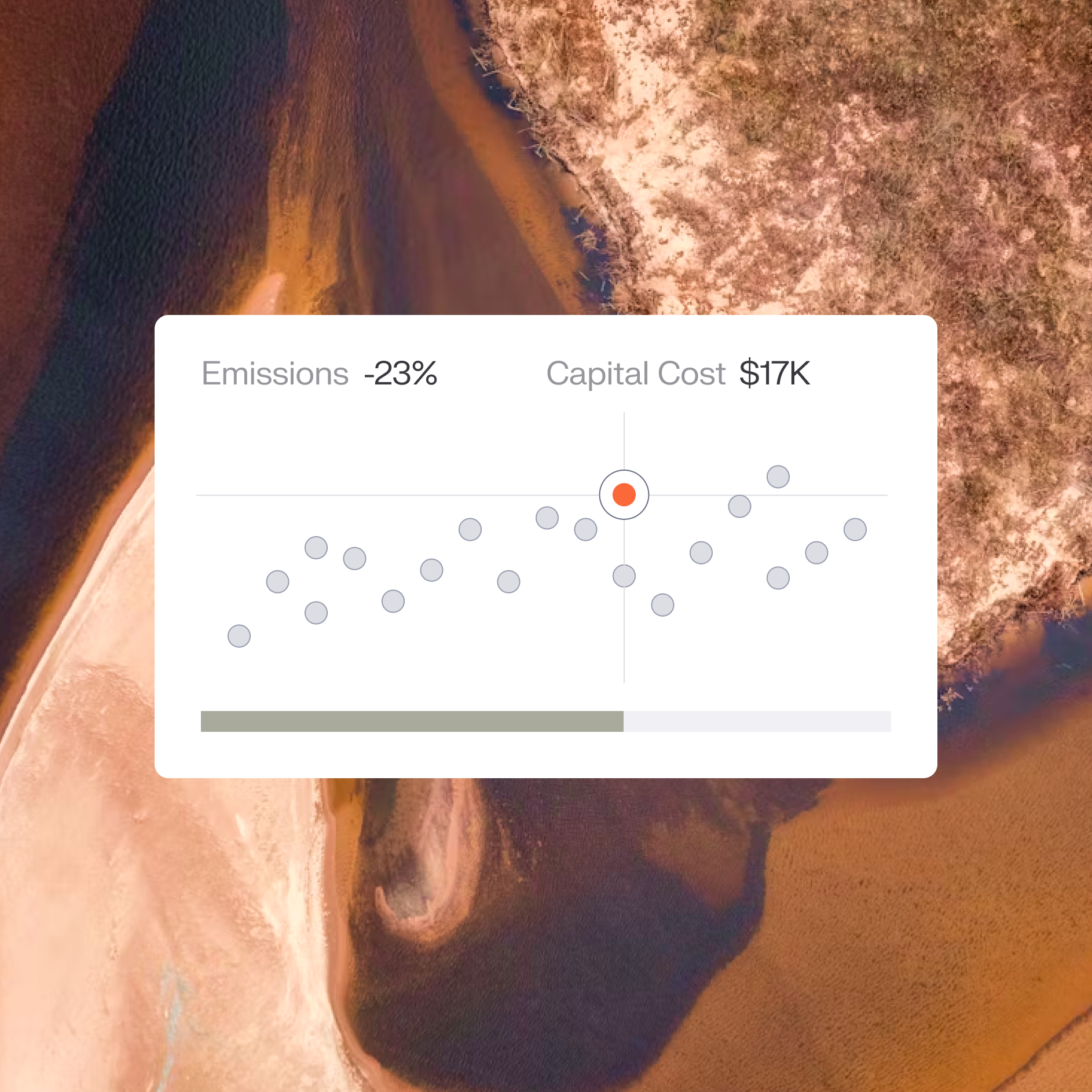The Case for Reform
Permitting reform has emerged as a critical element of U.S. climate and energy policy. According to federal data, the average Environmental Impact Statement (EIS) under NEPA takes approximately 4.5 years to complete, with some cases extending beyond a decade. These delays often stall projects essential for decarbonization, including renewable generation facilities and new transmission lines. Electric utilities, represented by groups such as the Edison Electric Institute (EEI) and the National Rural Electric Cooperative Association (NRECA), have expressed strong support for reforms that would make timelines more predictable and efficient. For corporations pursuing ambitious Scope 2 emissions targets, permitting delays directly limit the availability of clean energy options, raising both costs and risks in power procurement strategies.
What the SPEED Act Proposes
The SPEED Act is designed to simplify and accelerate permitting without entirely discarding environmental safeguards. Its key provisions include setting statutory deadlines of two years for Environmental Impact Statements and one year for Environmental Assessments. It also seeks to narrow the definition of federal actions that trigger NEPA review, thereby exempting smaller or lower-risk projects from full-scale assessments. Additionally, the bill proposes stricter limits on judicial review timelines to minimize litigation-related delays. While utilities and bipartisan lawmakers argue this would help address the infrastructure bottleneck, legal scholars note that the Council on Environmental Quality (CEQ) already issued updated NEPA guidance in 2023, raising questions about whether additional reforms are necessary or duplicative.







